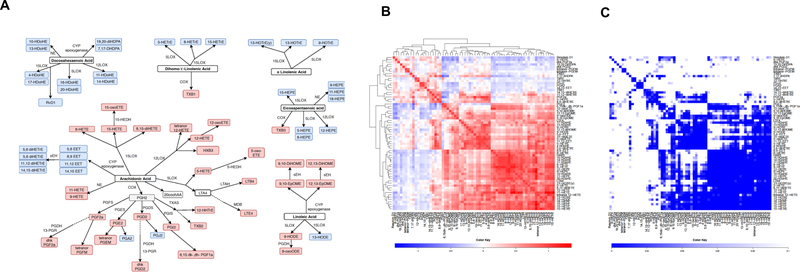Fig. 1. Pro-inflammatory and anti-inflammatory eicosanoids.
A) Pro-inflammatory and anti-inflammatory eicosanoids detected in our patients, divided by pathways and origin PUFA. In grey, metabolites not identified by MS COX – cyclooxygenase; LOX – lypooxigenase; CYP – cytochrome P450; NE – non-enzymatic; PGFS – prostaglandin F synthase; PGES – prostaglandin E synthase; PGDS – prostaglandin D synthase; PGIS – prostaglandin I synthase; TXAS – thromboxane A2 synthase; LTAH – leukotriene A4 hydrolase; MDB – membrane dipeptidase; HEDH - hydroxyeicosanoid dehydrogenase; PGDH - hydroxyprostaglandin dehydrogenase; 13-PGR – 15-ketoprostaglandin∆13 reductase; sEH – soluble epoxide hydrolase. B) Heat map and hierarchical cluster analysis indicate positive relationships between circulating eicosanoids identified in blood from PsA patients (the heatmap was created using regression coefficients adjusted for BMI, BSA, NSAIDs and biological therapy. C) Eicosanoid regression p-values are displayed in C, where the row and column order are preserved from B

